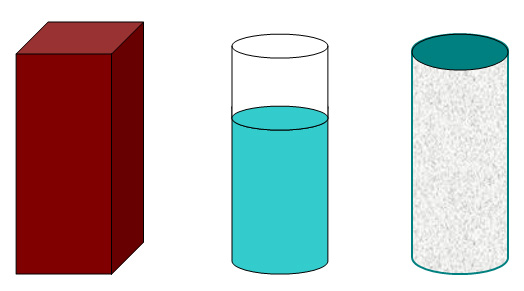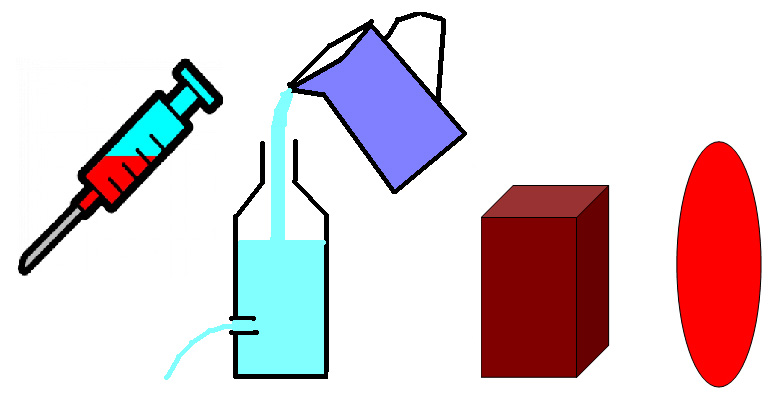Session 1: Materials for a Transport Airplane ?
Objectives1: Give to the students an insight of forces acting of a flying airplane structures and understand which materials have to be used to withstand those forces.
- To get students to have an overview of aeronautical design criteria
- Explore with students some critical structural event on in flight airplane
- Give to the students an idea of applied research for this aspect of aeronautics
Explanation:
The teaching materials of this sections are utilizing to give to the students the essential concepts of aeronautical safety related to structural resistance and to show them how those problems are managed in today air transportation and improved in applied research centers.
Material:
- Multimedia black board + Power Point Like Software
- Photos / Videos
- Set of devices for experimentation
- Pictures
Main activities
- To describe to the students the most important parts of an airplane and their functions and some aspect of related safety
- To explain the change of capability in withstanding loads in relation with the status of the matter
- To show the limit capability of materials to withstand loads
Maximum duration:
2 Hours
Main question to be asked:
- Do you know the function of the most important (external) parts of an airplane?
- Can an aeronautical structure be made just of water or air?
- Do the limit loads of an aeronautical structural element depend only from material property?
Experiment: Solids, liquids and gases
Description
Take a rectangular parallelepiped solid, different types of containers (at least one cylindrical) and liquid, a closed container where can be produced a gas (burning some adequate material). Change the position of a solid. Pure the liquid of cylindrical container in the others. Make the gas to full up all the container.

Figure 17 Solids Liquids Gases
Explanation
By calculation can be demonstrated for solid, that they maintain their form and volume. For liquid, that they maintain volume, but they assume the container form. For gases, that they tends to full up all the container, so they assume form and volume of the container.
Results
Anticipate that the different behaviour or solids, liquids and gases are explained by internal matter constitution and these differences justify the way they withstand loads.
Experiment: How solids, liquids, gases withstands loads
Description
Take a syringe push down the piston and then pull up it with the hole open. Closing the hole push down: the internal air will balance your pushing force. With the hole still closed pull up the hole. No resistance you will experience beside some friction of the piston. Full up now the syringe by water and then after the closed hole push down the piston. You can’t go on in pushing: the liquid balance the pushing force. Then pull up the piston No resistance you will experience besides some piston friction.
Take a plastic bottle, with two or three holes in the bottom. When the bottle is full up of water you can see some water jet. By open and closing the cap, you can have or not the water jet.
Put on the parallelepiped solid different weight. The solid maintains its form.
Apply to the oblong balloons (full up of air or water) different loads. Only compression loads are balanced by internal forces.

Figure 18 Actions on solids, liquids and gases
Explanation
With simple experimentation you have remarked that liquids and gases withstand only compression loads, otherwise solids can withstand any kind of loads.
Results
On an airplane structures acts any kind of loads. So aeronautic structures have to be equivalent to solids.










